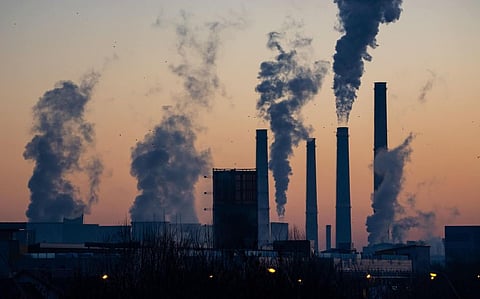The cost of transplanting a tree also has a story. Depending on the size of a tree, the involvement of experts and how competent and serious the transplanting agency is, the cost can vary between Rs 15,000 to over a lakh for one tree. Agencies-private companies as well as government departments, have their own rates for this task which vary widely. However, nobody gives a guarantee that the tree will survive. At the very best of times, which happens but rarely, transplantations may be 50 per cent successful, or at the worst, the rate will be 5 per cent. A transplanted tree may take up to ten years to regain its lost canopy and green glory, if it survives.


